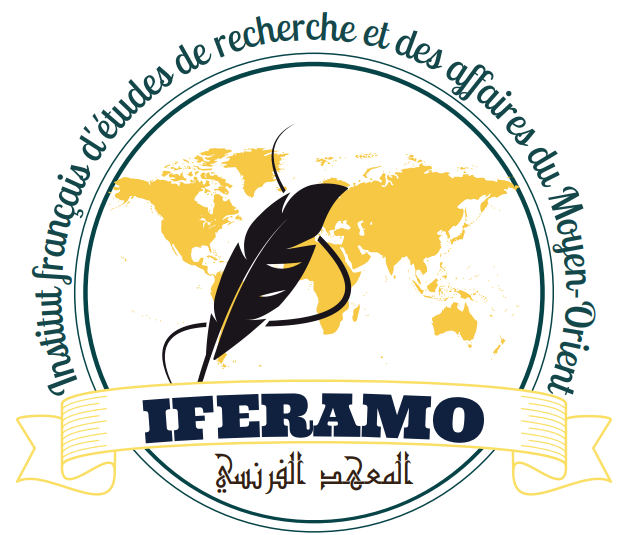ديداكتيك المعجم : معايير اختيار المعجم وتنظيمه لغير الناطقين بالعربية
ديداكتيك المعجم : معايير اختيار المعجم وتنظيمه لغير الناطقين بالعربية
د. عبد الرحيم ناجح
البريد الإلكتروني:najihabderrahim111975@gmail.com
ملخص:
يقتضي تعليم المعجم لغير الناطقين بالعربية استناده إلى معايير محددة؛ إذ لا يمكن تعليم جميع مفردات العربية دفعة واحدة. كما أن حاجيات المتعلمين غير الناطقين بالعربية تختلف من فرد إلى آخر وفقا للمسافة الجغرافية والثقافية والمادية من اللغة العربية موضوع التعلم. زد على ذلك؛ أنه لا يمكن أن يكون اختيار المفردات التي يتعين أن تُقدّم إليه موسوما بالعشوائية، وإنما لابد أن
يخضع لمعايير مضبوطة. لذلك، يبدو أنه من الضروري أن يستجيب اختيار المفردات موضوع التعلم إلى مجموعة من الشروط. وأول هذه الشروط أن يتيح تعلمها تعلم اللغة العربية، وأن يناسب المرحلة العمرية والمدارك العقلية، وأن يقدر غير الناطق بالعربية على التواصل في وضعيات مختلفة. نهدف في هذا البحث إلى رصد مختلف المعايير التي يتعين أن ينضبط إليها اختيار المعجم من خلال تناول التردد والتغطية والإتاحية والقابلية للتعلم والتماثل والفعالية والنجاعة. كما يهدف إلى استقصاء التنظيم من خلال تسليط الضوء على أنواعه: التنظيم الداخلي والتنظيم اللولبي والتدرج المجالي والتدرج الموضوعاتي.
الكلمات المفتاح: تعليم المعجم- تعليم اللغة العربية لغير الناطقين بها- معايير اختيار المعجم
vocabulary teaching: criteria for selecting and organizing vocabulary
for non-Arabic speakers
Dr.Najih abderrahim
Abstract :
Teaching vocabulary to non-Arabic speakers requires that it be based on specific criteria, because not all Arabic vocabulary can be taught at the same time. In addition, the needs of non-Arabic-speaking learners differ from one individual to another depending on the geographic, cultural and material distance of the Arabic language being learned. In addition, the choice of vocabulary to be presented cannot be randomly marked, but rather must be subject to strict criteria. It therefore seems necessary that the choice of vocabulary meet a set of conditions. The first of these conditions is that it makes it possible to learn Arabic, that it is suitable for age and mental perceptions, and that non-Arabic speakers are able to communicate in different situations. In this research, we aim to explore the different criteria against which the selection of vocabulary must be controlled by addressing the frequency, coverage, availability, teachibility, equivalence, effectiveness and efficiency. It also aims to investigate the organization by highlighting its types: linear, spiral, and thematic organization.

